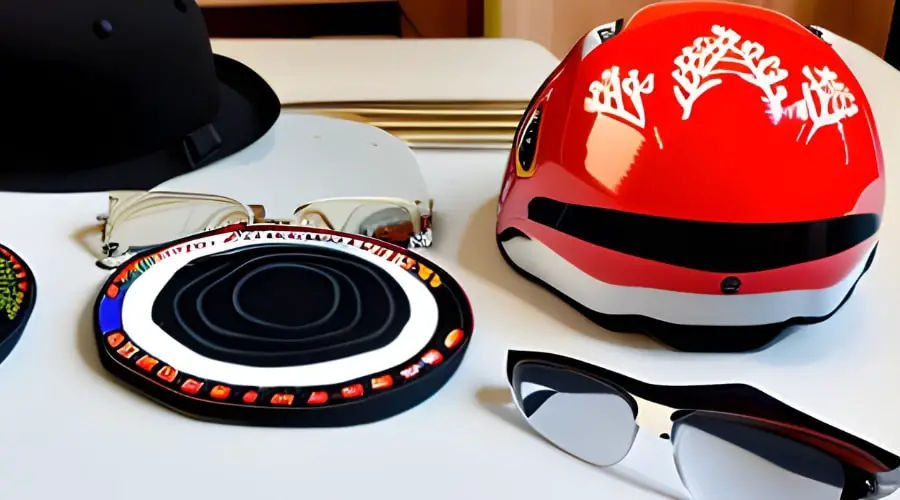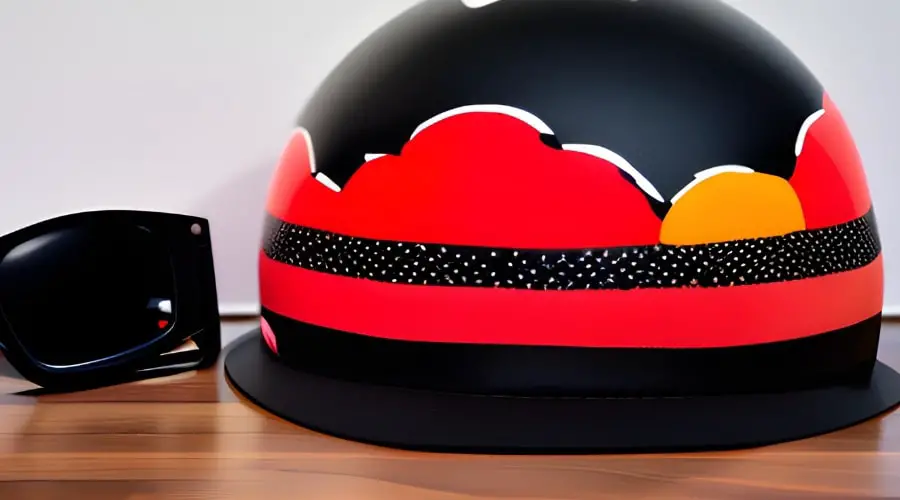Bicycle helmets serve an essential purpose: protecting your head during a fall or collision. But let’s face it, they can sometimes look a bit dull or generic. Many people wonder if they can paint their bicycle helmets to give them a personal touch, improve visibility, or simply make them more visually appealing. In this article, we’ll explore why people want to paint their helmets, the types of paint suitable for the job, and how to do it without compromising the helmet’s safety features.

Why do people want to paint their bicycle helmets
Personalization
One of the main reasons people want to paint their bicycle helmets is to make them unique and reflect their personalities. Adding custom colors, patterns, or designs can make a helmet truly one-of-a-kind.
Aesthetic appeal
A fresh coat of paint can improve the overall appearance of an older helmet or add a touch of style to a plain one. Plus, it’s a fun and creative way to express yourself.
Visibility and safety
Bright, eye-catching colors and reflective materials can increase visibility on the road, making it safer for cyclists.
Types of paint suitable for bicycle helmets
Acrylic paint
Water-based acrylic paint is a popular choice for painting bicycle helmets because it’s easy to work with, dries quickly, and is generally safe for most helmet materials.
Spray paint
Spray paint is another option for painting helmets, as it provides a smooth, even finish. Look for spray paint specifically designed for plastics to ensure proper adhesion and durability.
Paint markers
For intricate designs or detailing, paint markers can be a great choice. They’re easy to use, available in various colors, and can be used on many helmet materials.
Preparing the helmet for painting
Cleaning the helmet
Before you begin painting, ensure the helmet is clean and free of dirt, grease, or oils. Use a mild soap and water mixture to gently scrub the helmet, then rinse it thoroughly and let it dry completely.
Sanding the surface
To help the paint adhere better, lightly sand the helmet’s surface using fine-grit sandpaper (around 220-grit). Be careful not to apply too much pressure, as you only want to create a slightly rough surface for the paint to grip.
Applying primer (optional)
Applying a primer can improve paint adhesion and create a more even finish. Choose a primer specifically designed for plastics and apply a thin coat, allowing it to dry according to the manufacturer’s instructions.
Painting techniques
Brush painting
Using a high-quality paintbrush, apply thin layers of acrylic paint to the helmet. Wait for each layer to dry before applying the next one. Multiple thin layers will result in a smoother, more professional finish than one thick layer.
Spray painting
If using spray paint, shake the can well and apply thin, even coats, holding the can about 12 inches away from the helmet. Let each coat dry before applying the next one.
Stencils and masking
For more intricate designs or patterns, use stencils or masking tape to create the desired effect. Apply the stencil or tape to the helmet, ensuring it’s securely in place. Paint over the stencil or within the masked area, and carefully remove the stencil or tape once the paint has dried.
Drying and finishing touches
Allowing paint to dry
Give the paint ample time to dry according to the manufacturer’s instructions. It’s essential to ensure that the paint has dried completely before moving on to any additional steps.
Applying a clear coat (optional)
To protect the paint and add a glossy finish, you can apply a clear coat specifically designed for plastics. Apply the clear coat in thin, even layers, allowing each layer to dry before applying the next one.
Reassembling the helmet
Once the paint and clear coat (if used) have dried completely, carefully reattach any straps, padding, or other components that were removed prior to painting.

Potential issues with painting bicycle helmets
Warranty voiding
Before painting your helmet, check the manufacturer’s warranty. Painting your helmet may void the warranty, so it’s important to consider this before proceeding.
Structural integrity concerns
Using inappropriate materials or applying excessive heat during the painting process could potentially compromise the helmet’s structural integrity. Always follow the paint manufacturer’s instructions and take care not to damage the helmet during preparation or painting.
FAQs:
1. Is it safe to paint a bicycle helmet?
Yes, if done correctly and with suitable materials, it’s generally safe to paint a bicycle helmet. However, be cautious not to damage the helmet during preparation or painting, as this could compromise its structural integrity.
2. What type of paint should I use for my bicycle helmet?
Acrylic paint, spray paint designed for plastics, and paint markers are all suitable options for painting a bicycle helmet.
3. Can painting my bicycle helmet void its warranty?
It’s possible that painting your helmet could void its warranty. Be sure to check the manufacturer’s warranty terms before proceeding.
4. Do I need to use a primer before painting my helmet?
While it’s not strictly necessary, using a primer can improve paint adhesion and result in a more even finish. If you choose to use a primer, opt for one specifically designed for plastics.
5. How long should I wait for the paint to dry before reassembling my helmet?
Always follow the paint manufacturer’s instructions for drying times. In general, it’s best to ensure the paint is completely dry before reassembling the helmet to avoid smudging or damaging the paint job.
Conclusion
Painting your bicycle helmet is a creative way to personalize it and improve its appearance. By choosing the right paint, preparing the helmet correctly, and using proper painting techniques, you can achieve a professional-looking result without compromising the helmet’s safety features. Just be aware of potential warranty issues and take care to preserve the helmet’s structural integrity.
Helmetslab is a website that focuses on providing in-depth reviews and information about different types of helmets, including motorcycle helmets and others helmets. I am writing a post with proper research on the info that helps helmet users.

